Full text
PDF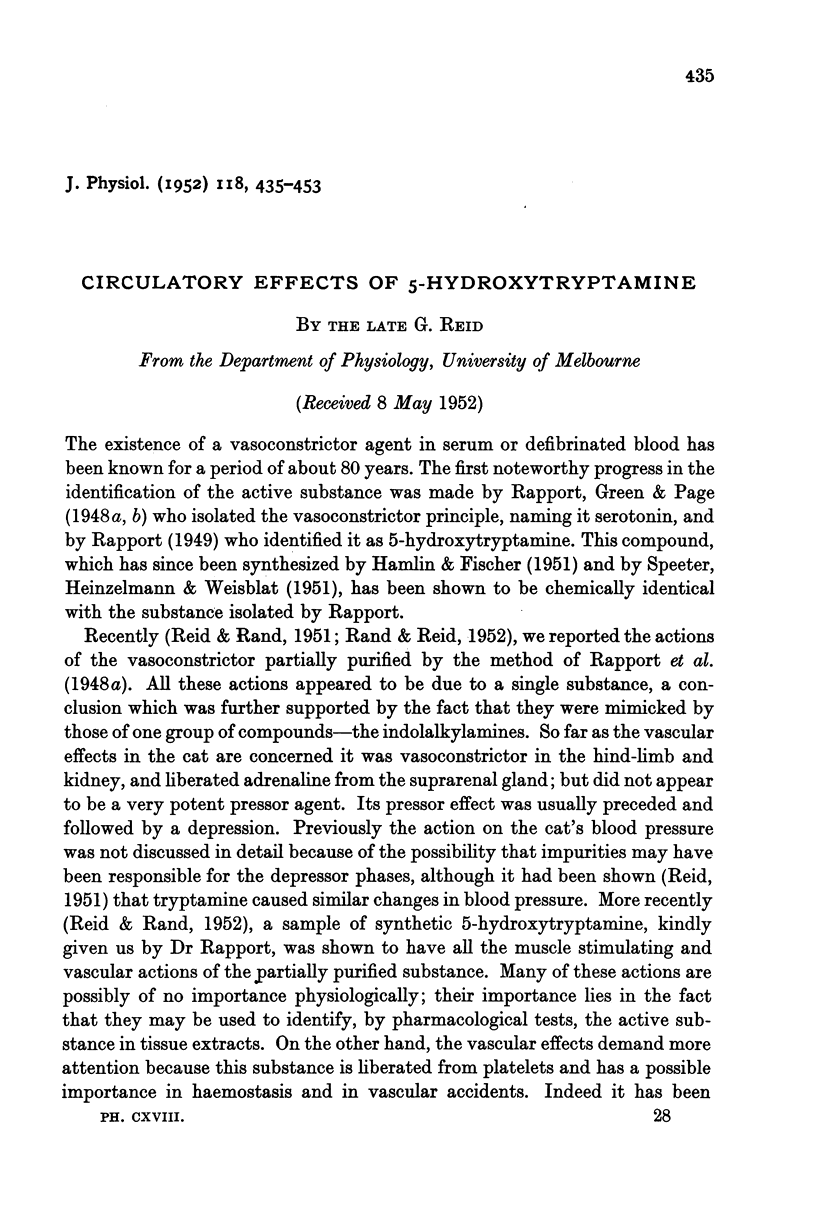
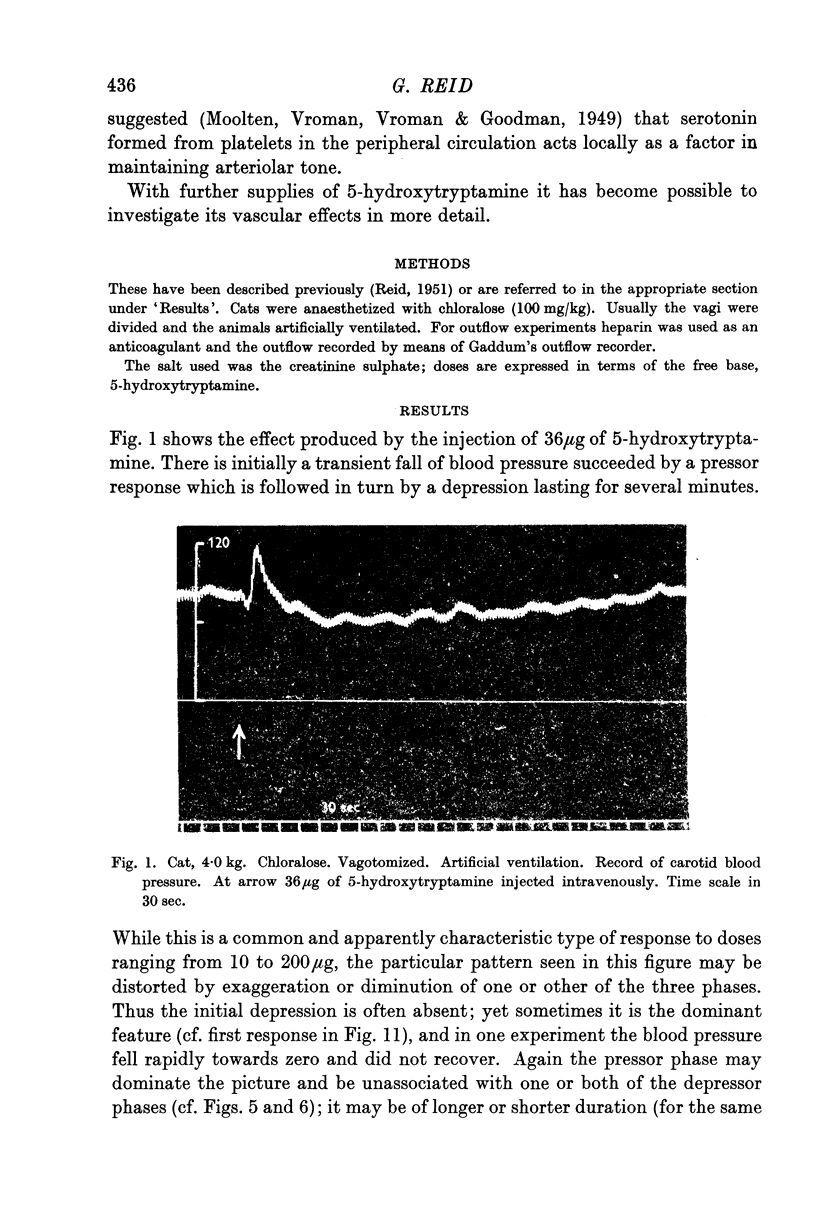
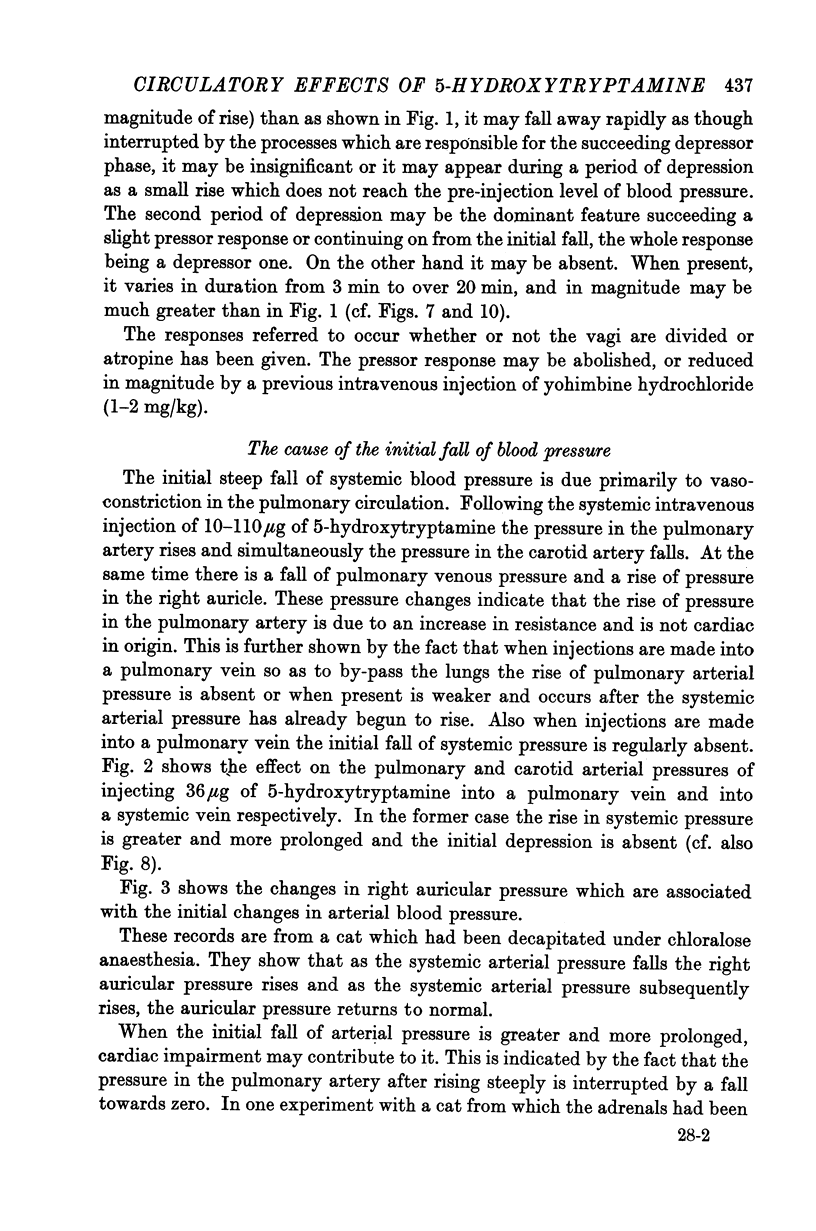
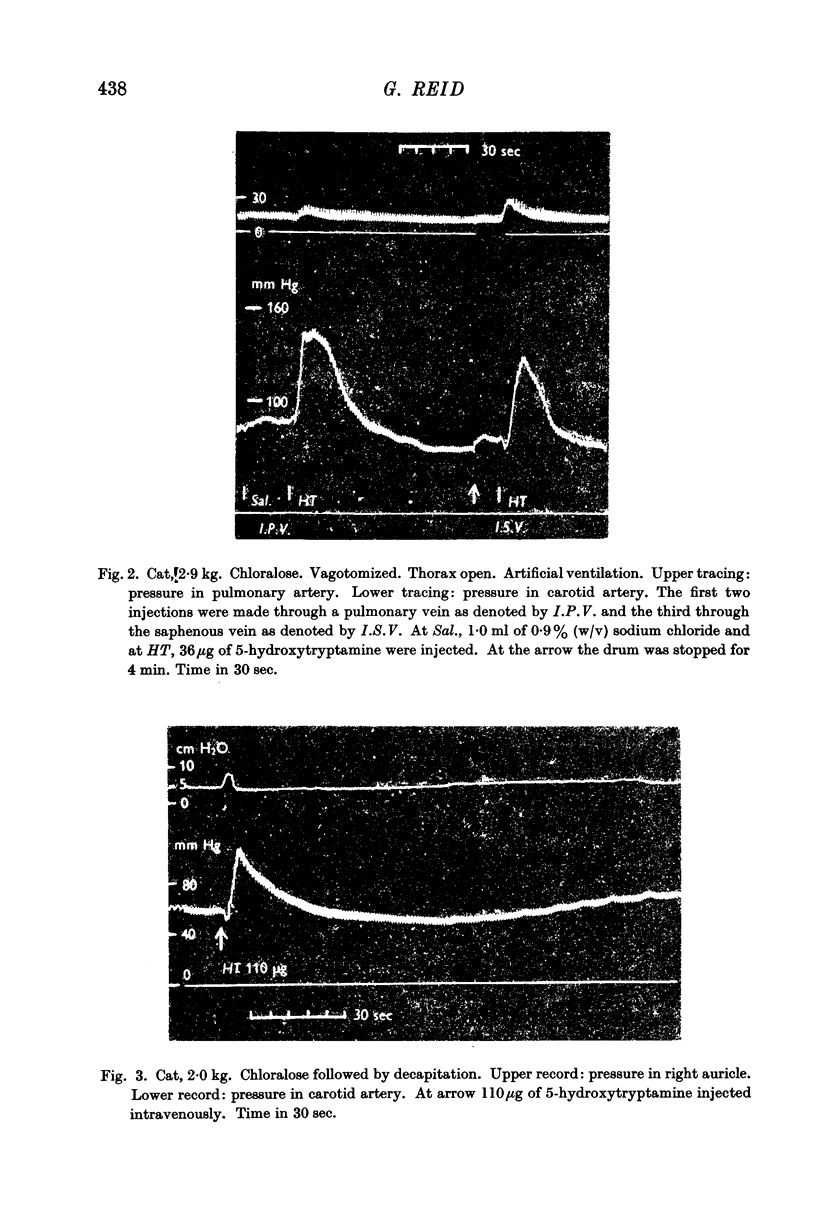
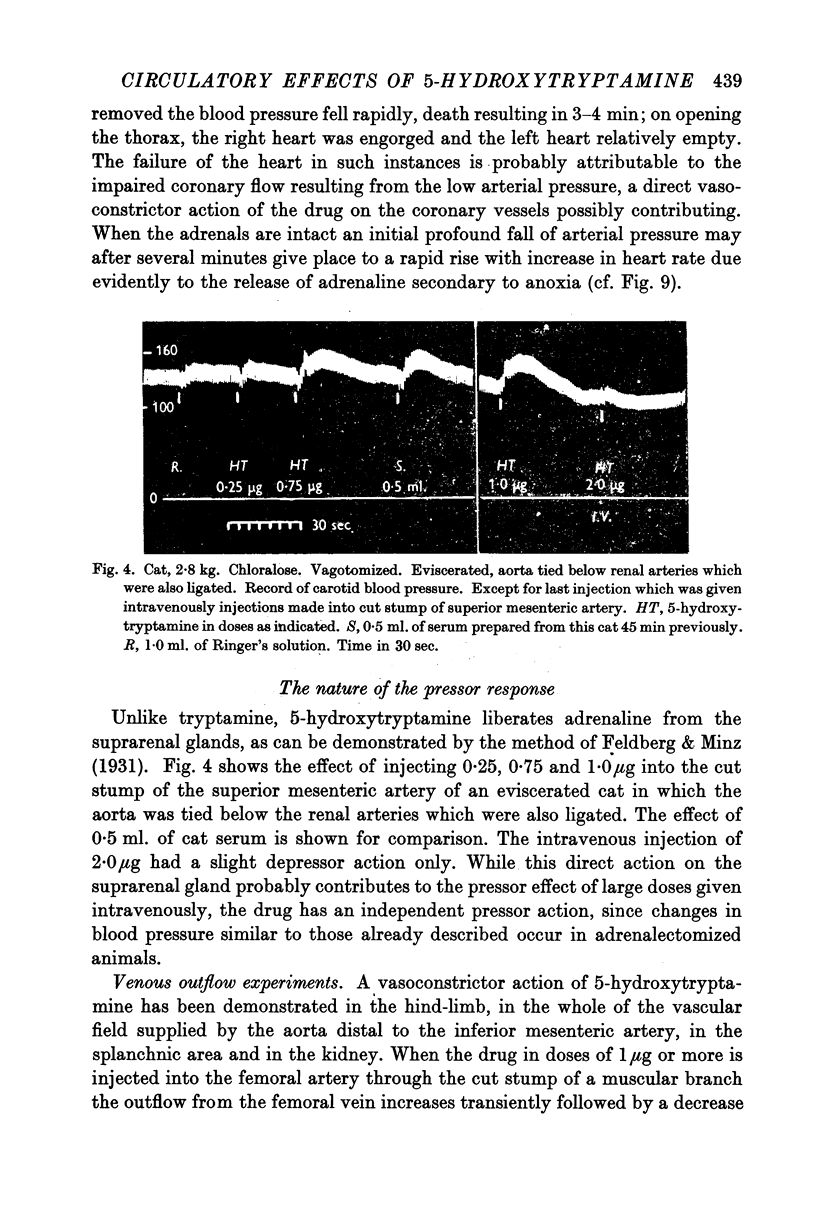
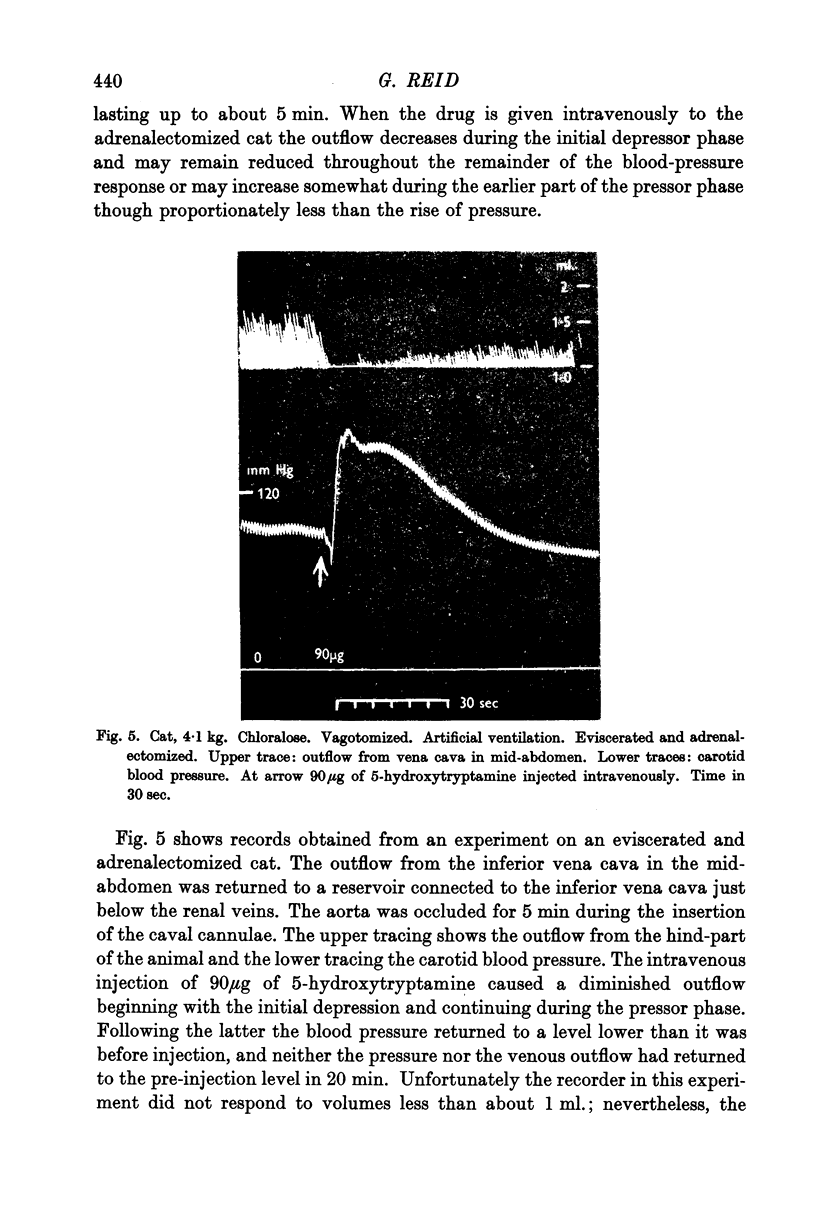
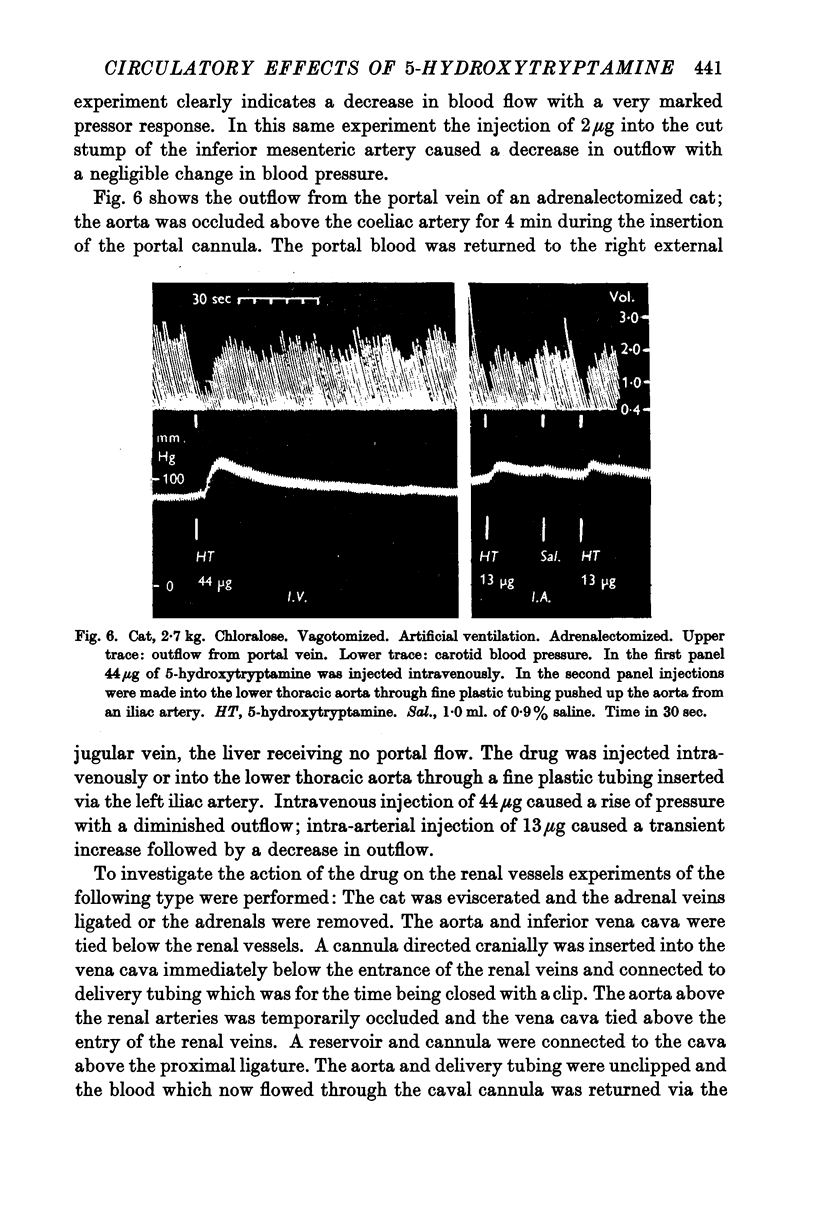
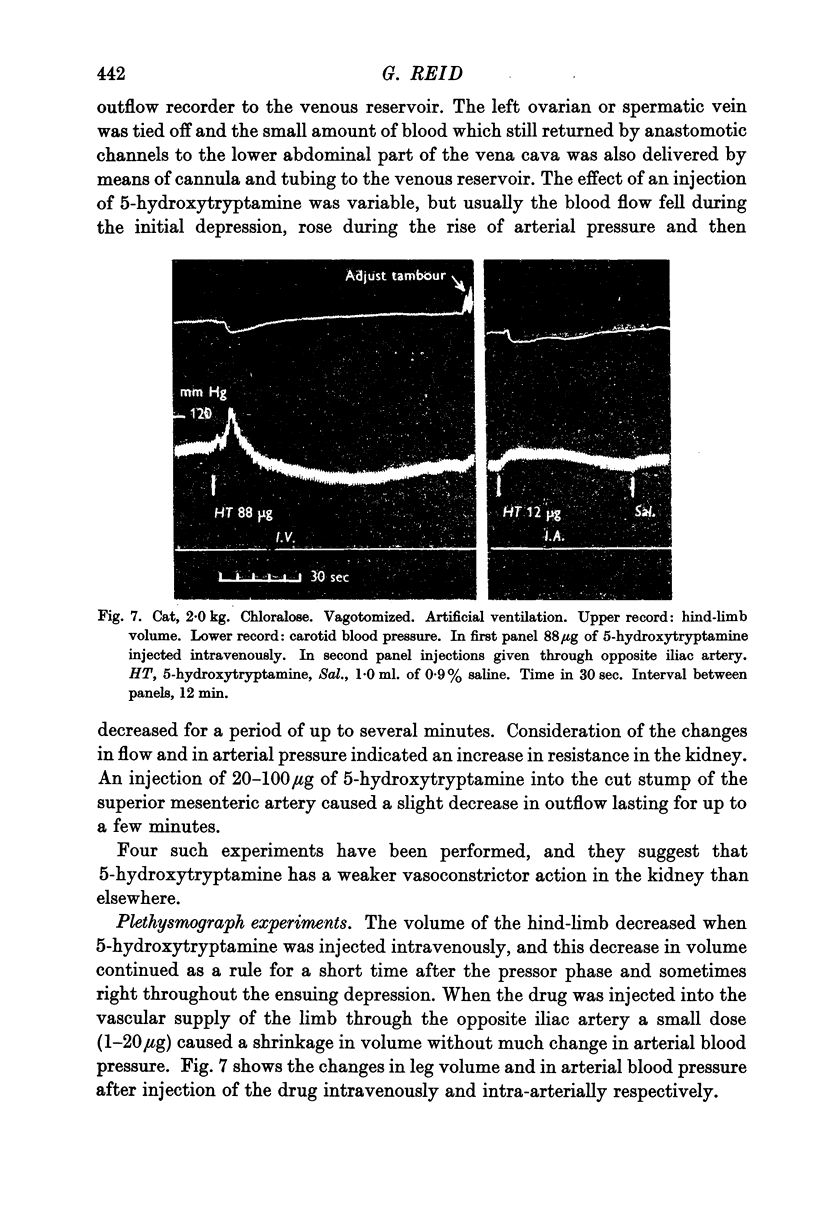
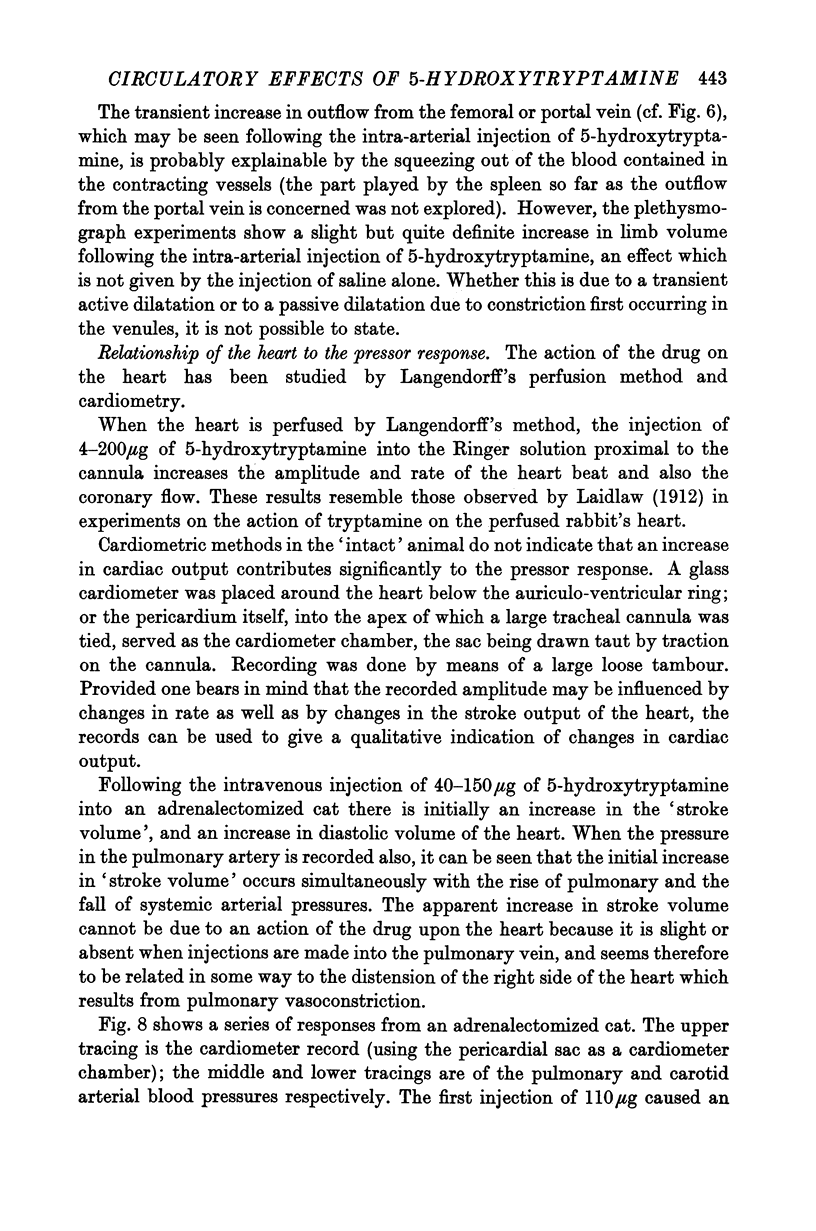
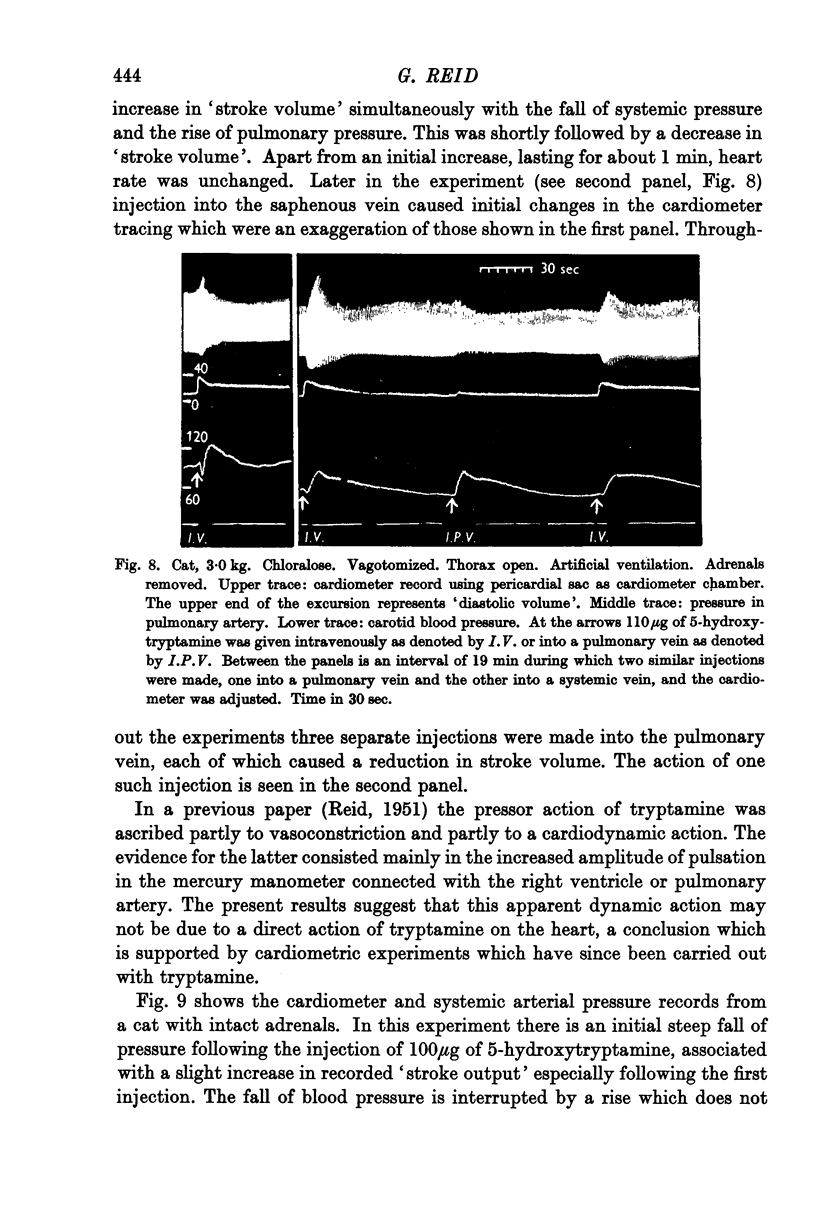
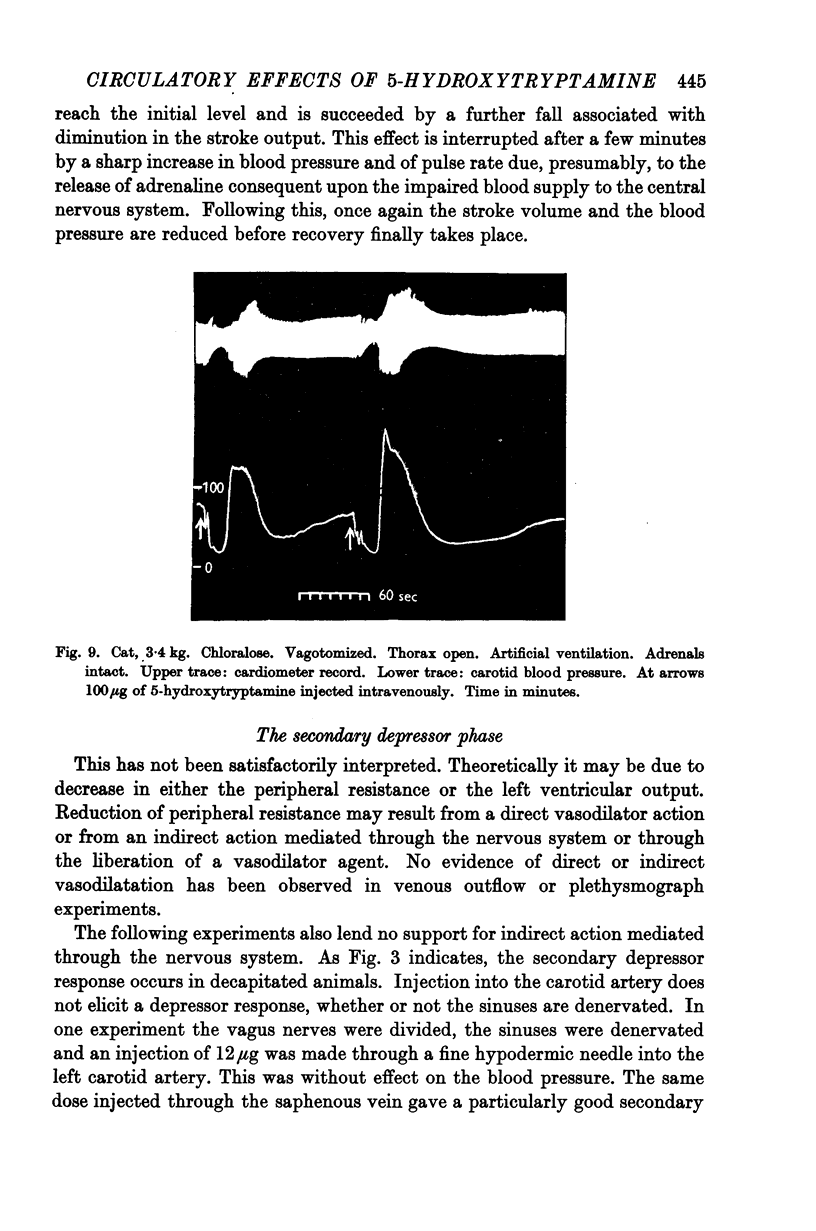
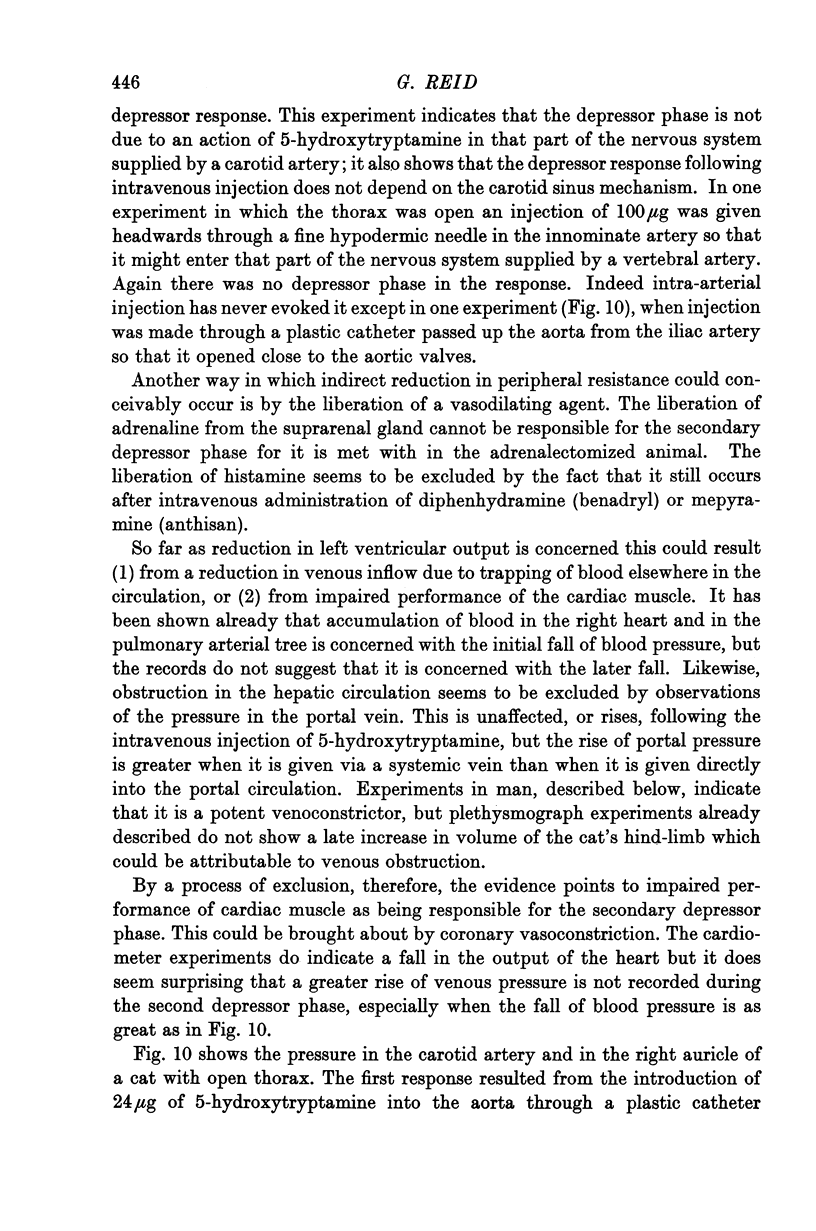
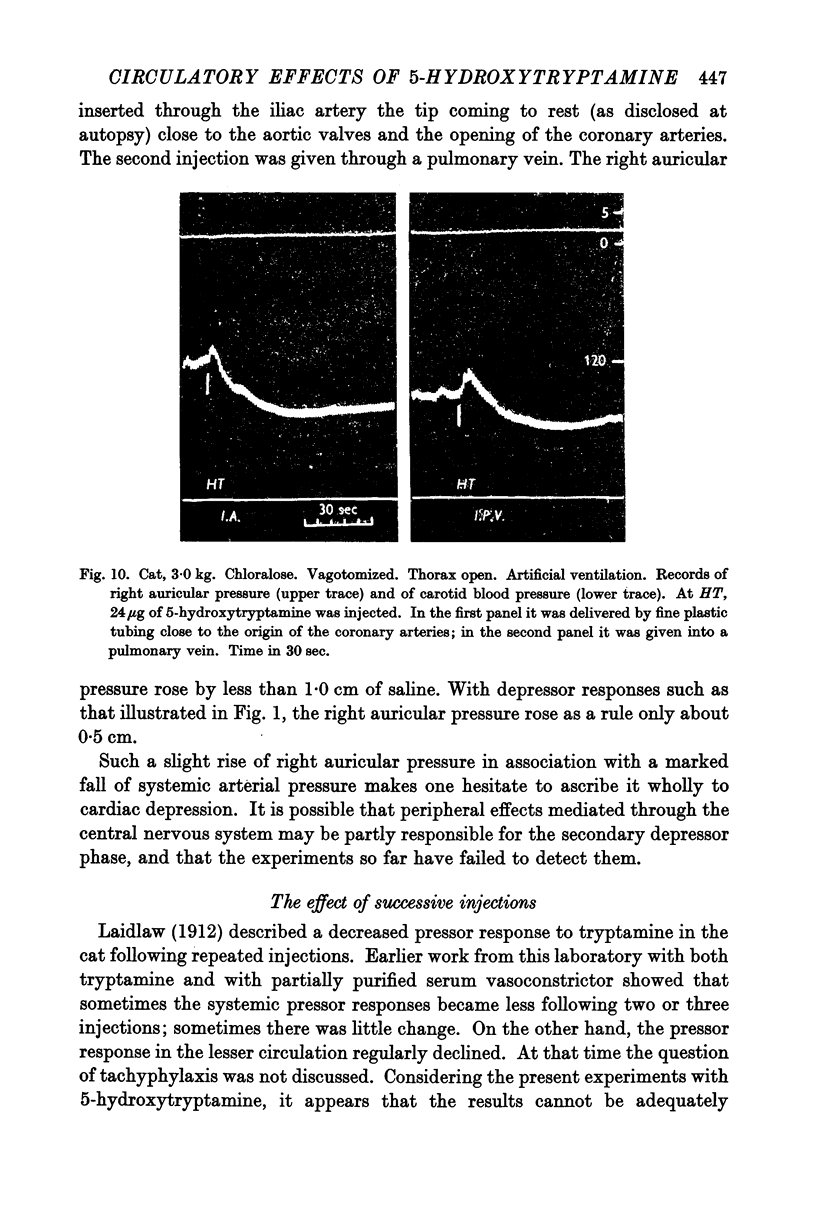
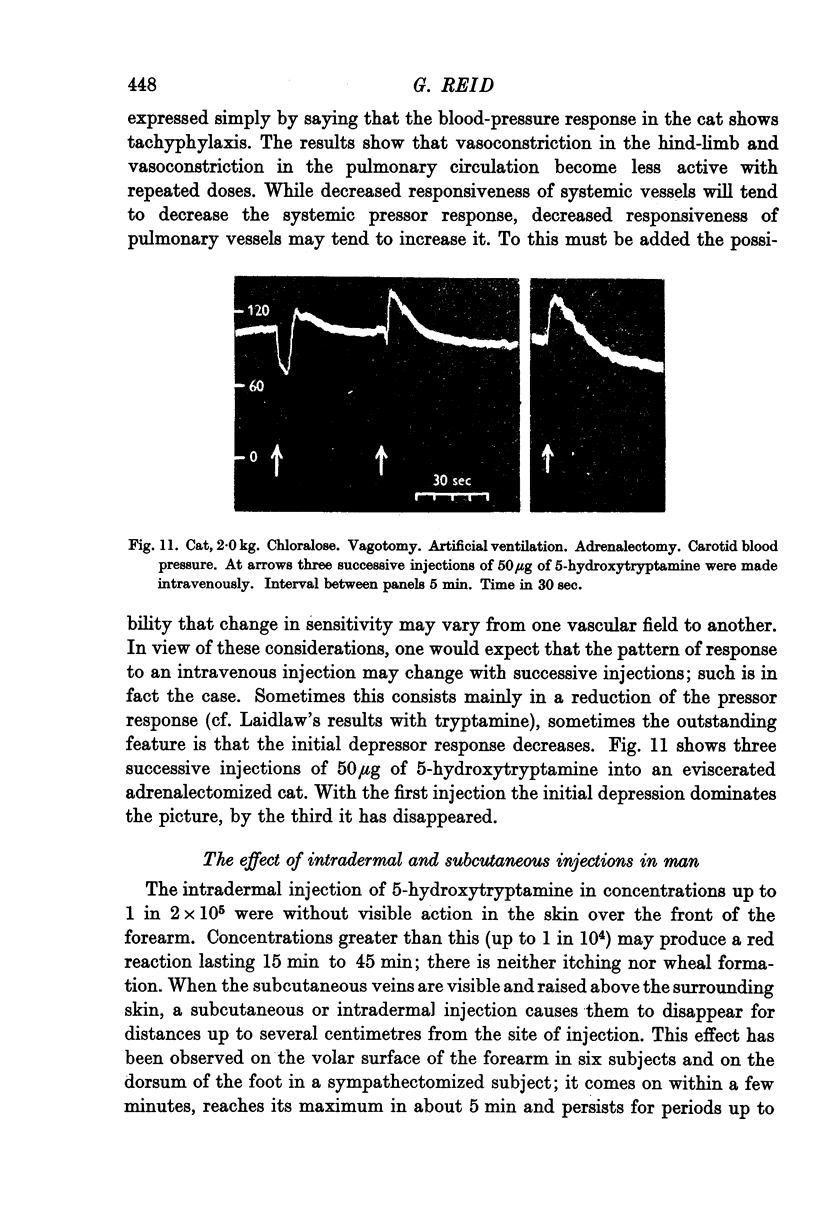
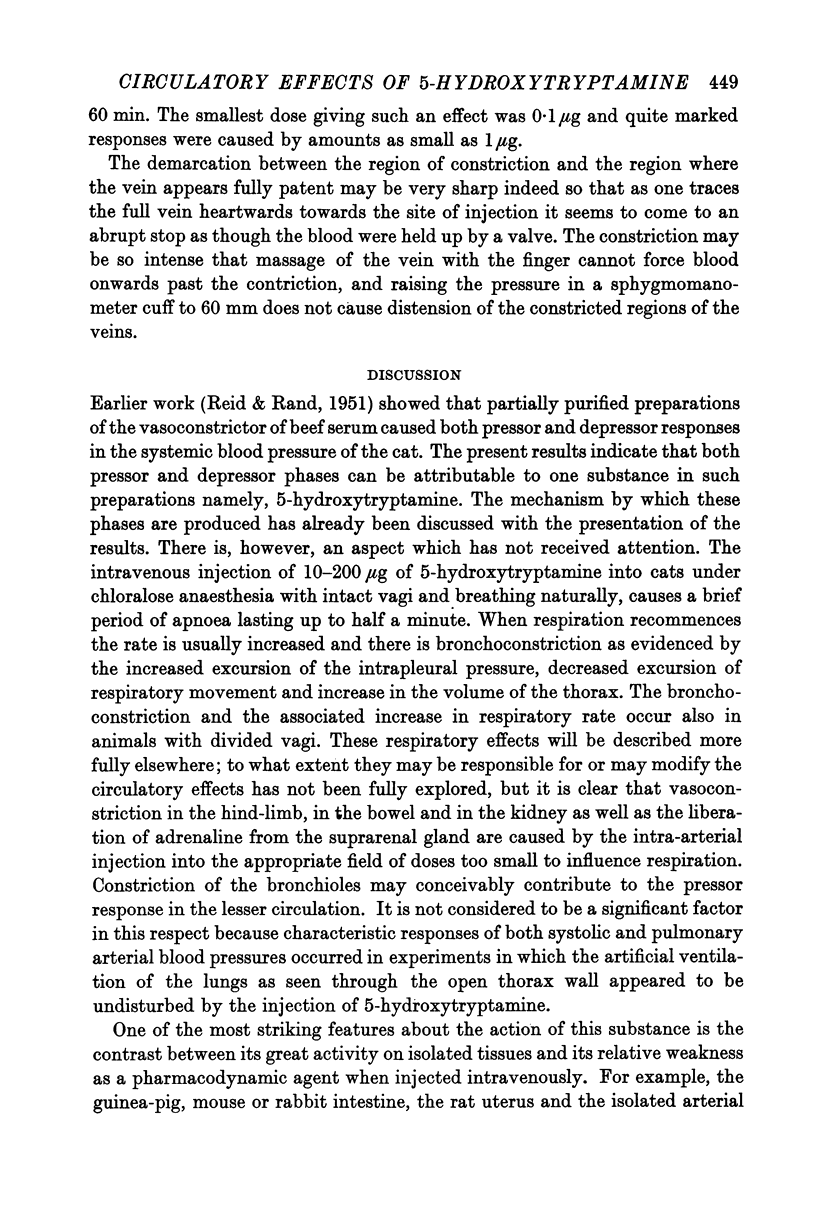
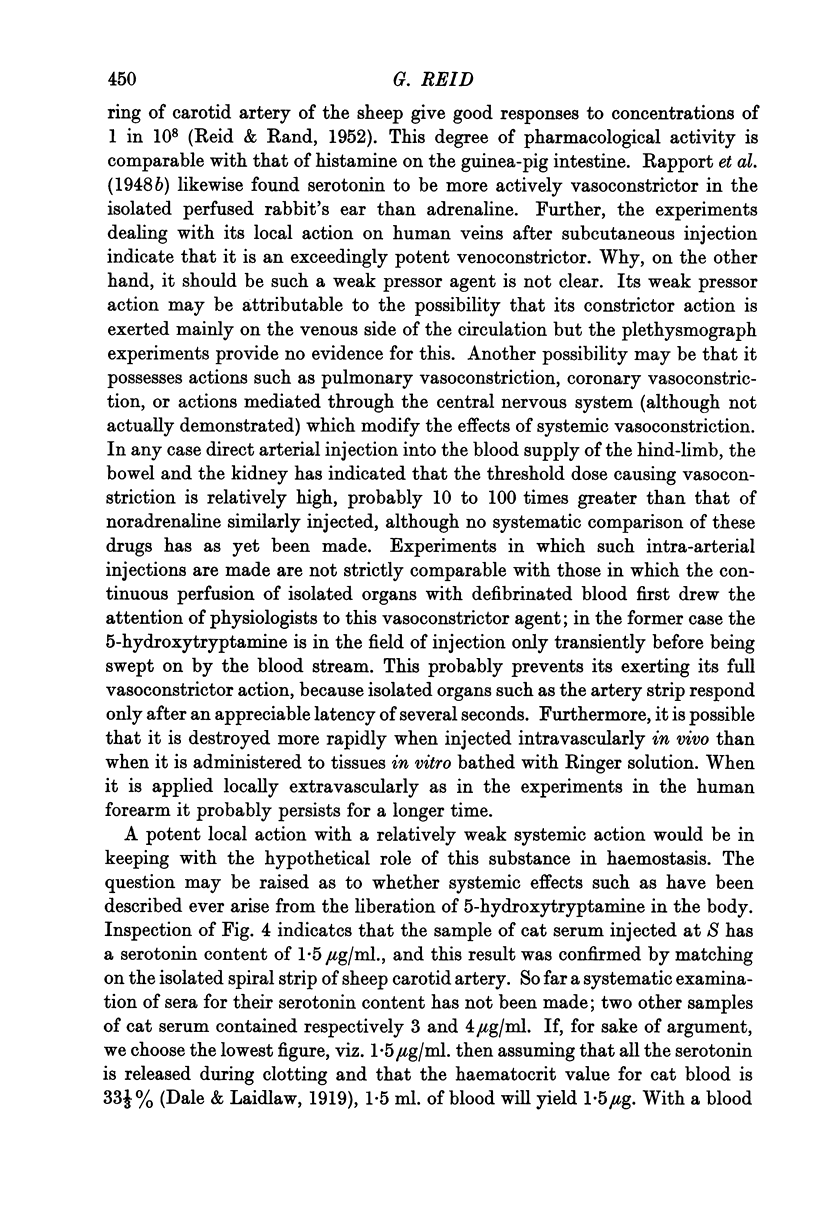
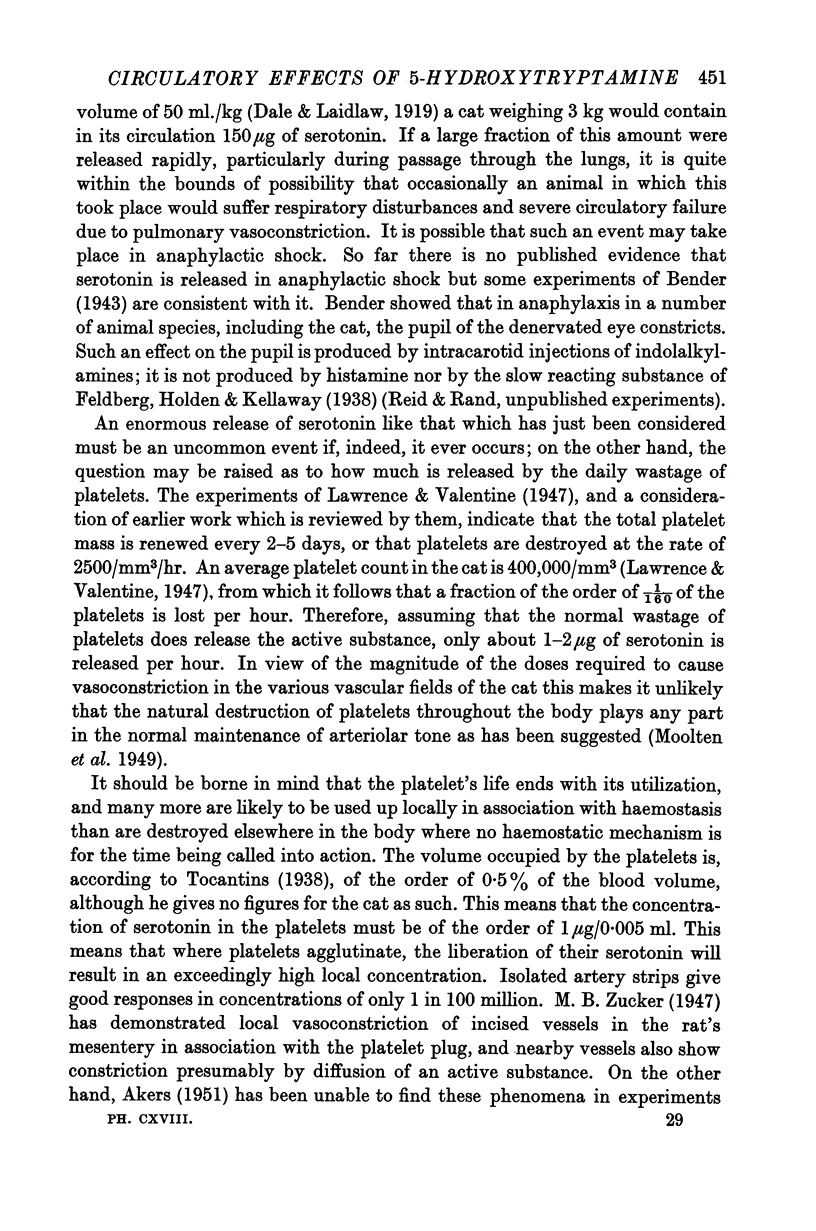
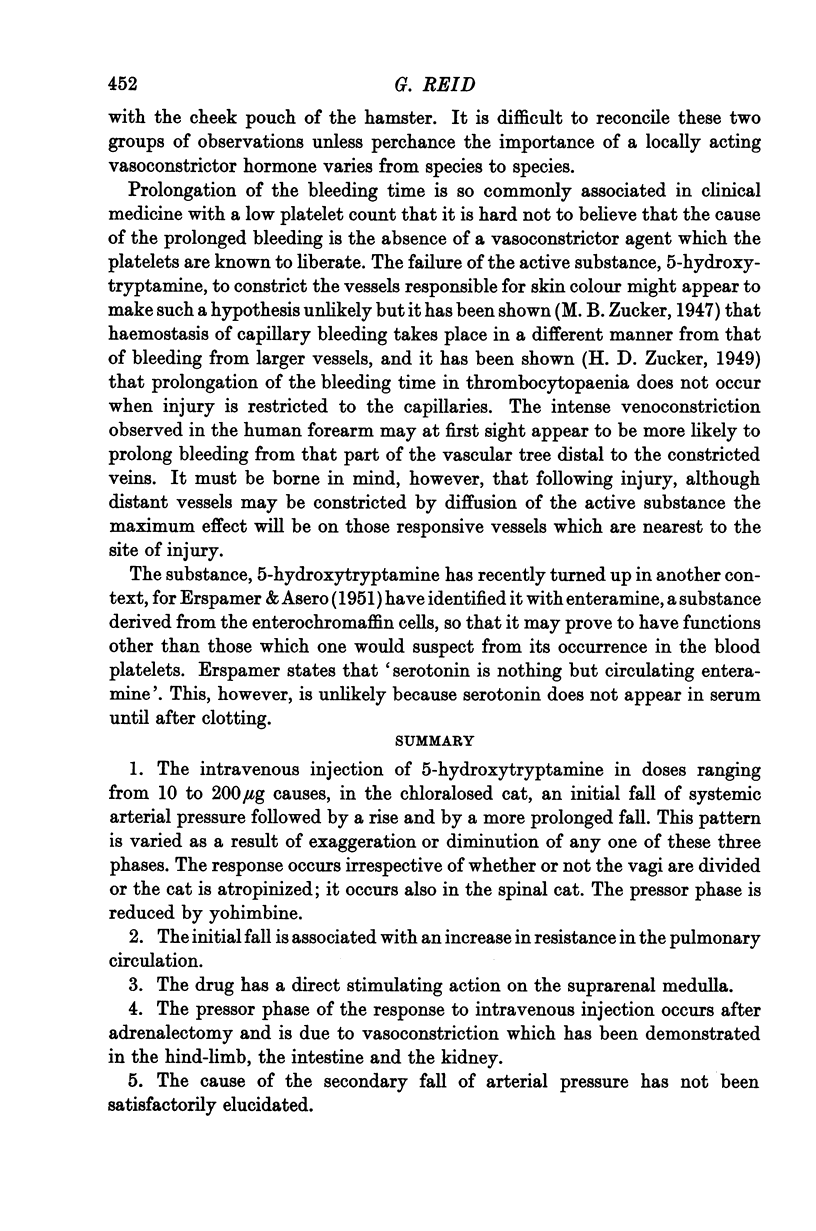
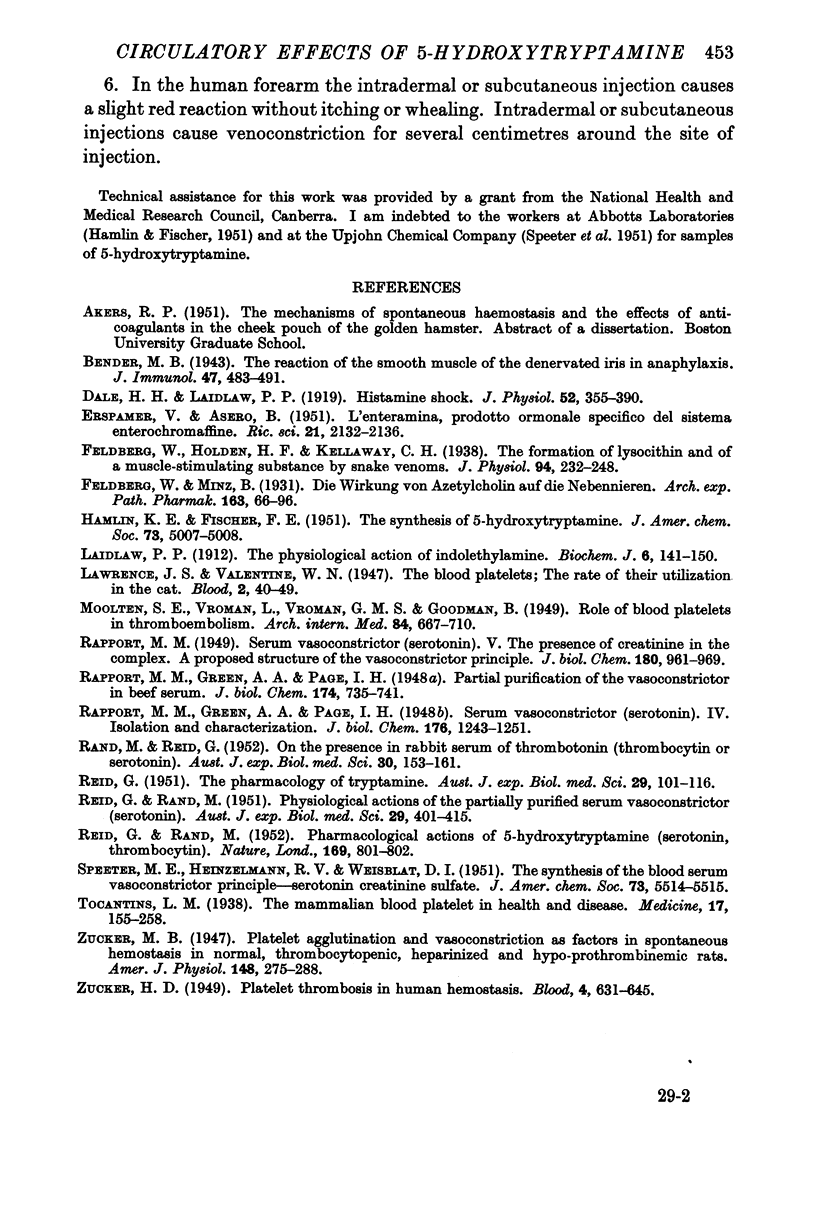
Selected References
These references are in PubMed. This may not be the complete list of references from this article.
- Dale H. H., Laidlaw P. P. Histamine shock. J Physiol. 1919 Mar 25;52(5):355–390. doi: 10.1113/jphysiol.1919.sp001837. [DOI] [PMC free article] [PubMed] [Google Scholar]
- Feldberg W., Holden H. F., Kellaway C. H. The formation of lysocithin and of a muscle-stimulating substance by snake venoms. J Physiol. 1938 Nov 14;94(2):232–248. doi: 10.1113/jphysiol.1938.sp003676. [DOI] [PMC free article] [PubMed] [Google Scholar]
- Laidlaw P. P. The Physiological Action of Indolethylamine. Biochem J. 1912;6(1):141–150. doi: 10.1042/bj0060141. [DOI] [PMC free article] [PubMed] [Google Scholar]
- MOOLTEN S. E., VROMAN L. Role of blood platelets in thromboembolism. Arch Intern Med (Chic) 1949 Nov;84(5):667–710. doi: 10.1001/archinte.1949.00230050003001. [DOI] [PubMed] [Google Scholar]
- RAND M., REID G. On the presence in rabbit serum of thrombotonin; (thrombocytin or serotonin). Aust J Exp Biol Med Sci. 1952 Apr;30(2):153–161. doi: 10.1038/icb.1952.14. [DOI] [PubMed] [Google Scholar]
- REID G., RAND M. Pharmacological actions of synthetic 5-hydroxytryptamine (serotonin, thrombocytin). Nature. 1952 May 10;169(4306):801–802. doi: 10.1038/169801a0. [DOI] [PubMed] [Google Scholar]
- REID G., RAND M. Physiological actions of the partially purified serum vasoconstrictor (serotonin). Aust J Exp Biol Med Sci. 1951 Nov;29(6):401–415. doi: 10.1038/icb.1951.46. [DOI] [PubMed] [Google Scholar]
- REID G. The pharmacology of tryptamine. Aust J Exp Biol Med Sci. 1951 Mar;29(2):102–116. [PubMed] [Google Scholar]


